Design your Signature Touch in Three Easy Steps!
21. February 2023
The jar is open, the cream shines and exudes a pleasant scent. Now comes the moment of truth which decides whether you like it or not, whether it’s a one-off purchase or a new favourite product. How does the cream feel? Is it light, greasy, rich, waxy or rather velvety?
In addition to the price and the advertising, the sensory characteristics are decisive for the success of a product, and every company has its individual requirements for its own “signature touch”. The emulsion type (O/W, W/O) provides a basis, but it is the emollients and lipids used that enable the range of sensory properties.
How to choose the perfect emollient for a new project?
Step 1: Select the desired polarity
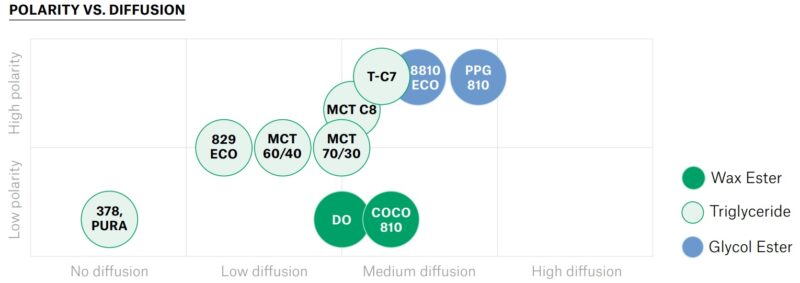
Typically, highly polar emollients with medium to high diffusion facilitate the solubility of lipophilic, crystalline UV filters and facilitate pigment wetting of e.g. colour pigments.
Step 2: Choose the right spreading behaviour.
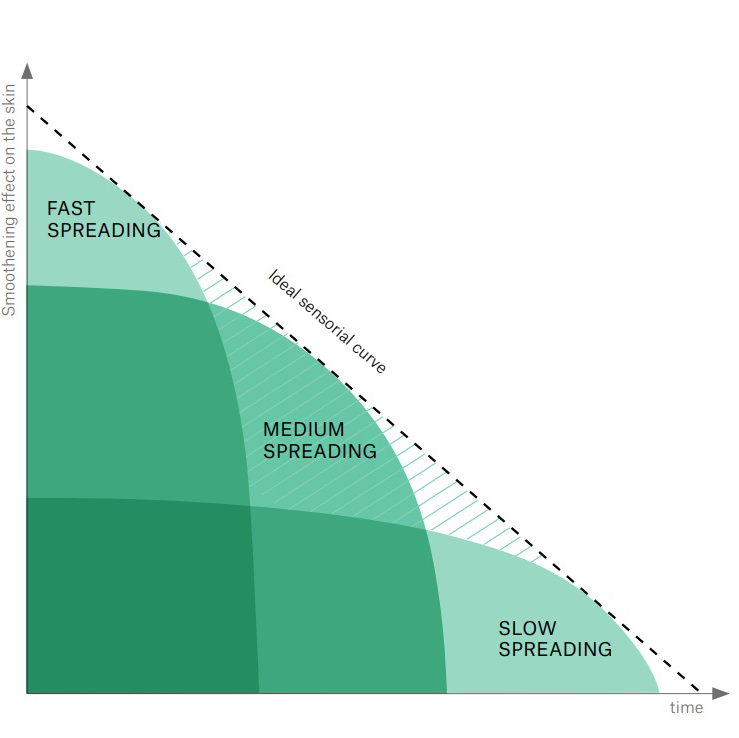
The spreading behaviour is based on a passive (diffusion) and an active (gliding) force. A pleasantly perceived spreading cascade is achieved with the combination of fast, medium and slow spreading emollients. As a result, an immediate and long-lasting smoothness and care effect is felt, and the “sensory gap” is closed. This sensory gap describes the transition from the absorption of the product to the after-feel and is often perceived as stopping or waxy (Read more in the interview with Insa Waller from the IOI Oleo CARE Studio here).

Gliding (gliding behaviour, active value)
An ingredient is spread on the skin with the finger in circular movements and the gliding behaviour (opposite: gliding resistance, “stopping”) is assessed. In our opinion, this value is one of the most important properties for a formulation.

Diffusion (spreading value, passive value)
Similar to the proven method according to U. Zeidler (application of a defined amount of raw material on a filter paper, measurement after 10 minutes), an ingredient is applied to the skin or a filter paper and the spreading is measured after 30 seconds. The shorter time period reflects the actual application time of an ingredient or formulation by a consumer.

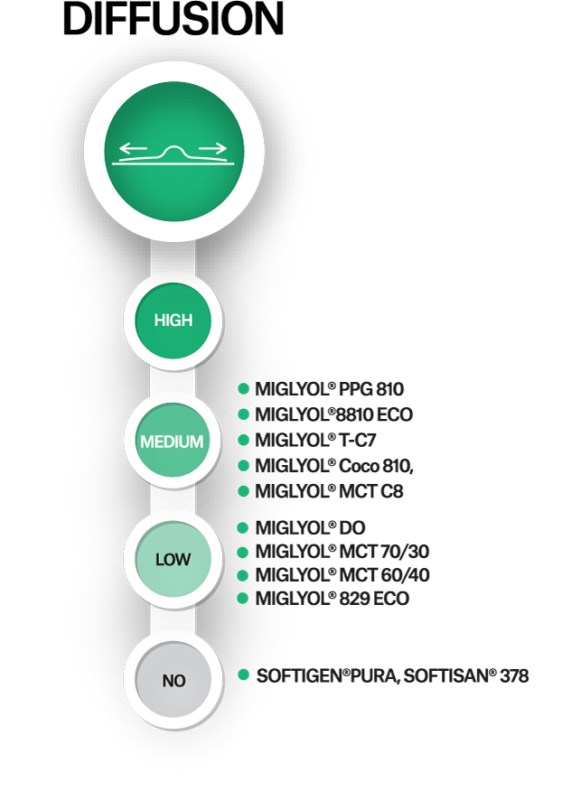
Step 3: Selection of the sensory characteristics of the ingredient
Of course, creating your individual Signature Touch requires more than just knowing the spreading behaviour and polarity of an emollient. The versatile combinations of our ingredients allow silky, rich, light or conditioning formulations. However, the objective evaluation of these sensory properties is very complex and is influenced by external factors and cultural backgrounds.
In the following three examples, you can see which properties lead to certain sensory impressions:
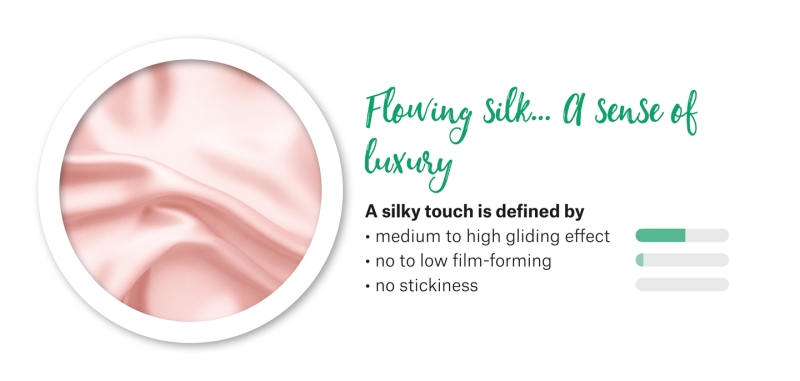
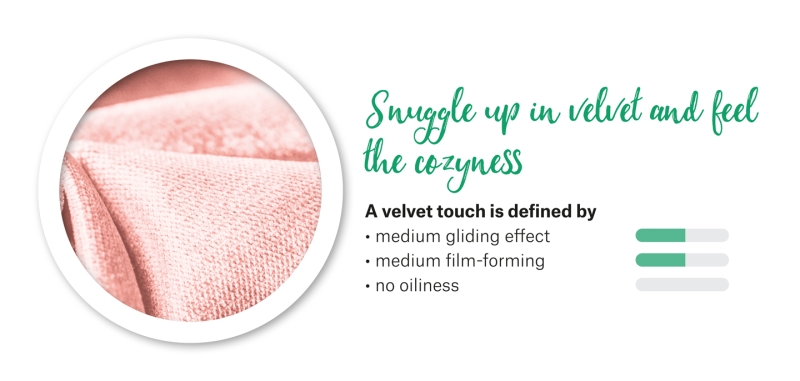
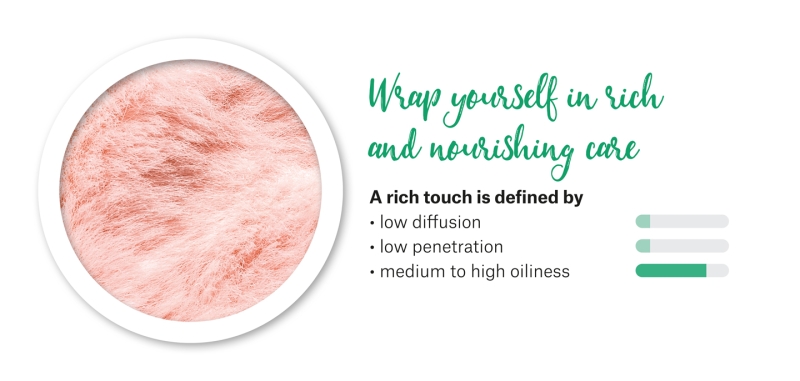
BOOK YOUR SIGNATURE TOUCH SESSION
Want to get started right away and create your Signature Touch? In our application lab in Hamburg, the CARE Studio, we design innovative formulations and create the right sensory for every concept – natural-based and vegan. Arrange your session now and let us work together on your Signature Touch.
Insa Waller
Insa Waller has a background in cosmetic chemistry and marketing. Before joining IOI, she gained experience in B2C product development (skin care) and production. After a position as sales manager (german-speaking countries), Insa moved to the CARE Studio, IOI Oleo's in-house showroom and application lab in Hamburg, as an application engineer. Since graduating with a degree in marketing, she also works as technical marketing. Insa has a passion for cosmetics, fashion and trends and enjoys going for a run.

